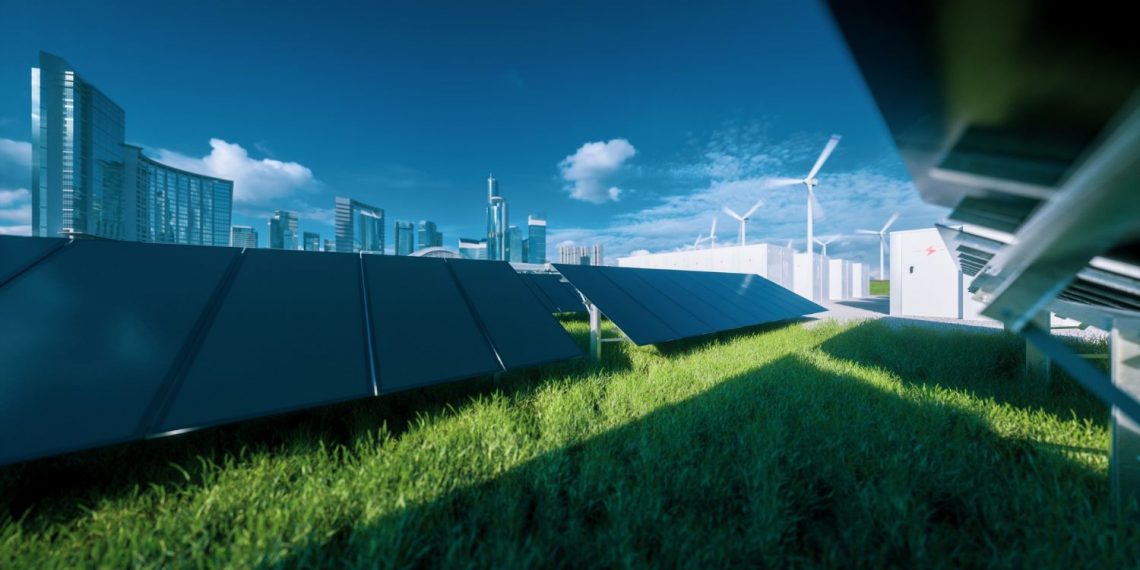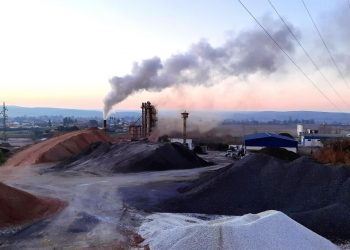In recent years, there has been a growing interest in renewable energy as many nations pledge to decrease their carbon emissions and shift towards cleaner energy alternatives. But what does the future of renewable energy look like? In this article, we’ll explore the latest trends and innovations in renewable energy and what we can expect in the years to come.
What are the prevailing trends in renewable energy?
One of the biggest trends in renewable energy is the increasing use of solar power. Due to their increasing affordability and efficiency, solar panels are becoming a favored option for homeowners and businesses seeking to decrease their dependence on non-renewable energy sources. Wind power is also gaining popularity, with large-scale wind farms popping up worldwide.
What innovations are driving the growth of renewable energy?
Innovation is vital to the growth of renewable energy. An important innovation is the advancement of battery storage technology, which enables the storage of surplus energy produced by renewable sources like wind and solar power.
Battery storage technology is becoming more efficient and affordable, making it possible to use renewable energy even when the sun isn’t shining, or the wind isn’t blowing.
Another innovation is using artificial intelligence (AI) and machine learning to optimize renewable energy systems. AI can predict energy demand and adjust production accordingly, leading to more efficient and cost-effective energy systems.
What challenges does renewable energy face?
Despite the growth of renewable energy, challenges still need to be addressed. The intermittency of renewable energy, such as solar and wind power, is one of the major challenges.
Energy storage technologies can help address this issue, but they are not yet widespread or affordable enough to fully solve the problem.
Another challenge is the need for more infrastructure to support the growth of renewable energy. This includes the need for new transmission lines and energy storage facilities, as well as policies and regulations supporting renewable energy development.
How is renewable energy being integrated into the grid?
Integrating renewable energy into the grid requires meticulous planning and coordination. One approach is using a distributed energy system, where energy is generated and stored locally and distributed to nearby homes and businesses. Distributed energy systems can reduce the strain on the grid and increase the resiliency of the energy system.
Another approach is to use microgrids, which are smaller energy systems that can operate independently of the larger grid. Microgrids can be used in remote areas or areas prone to power outages, providing a reliable energy source even when the larger grid is down.
What is the future of renewable energy?
The future of renewable energy is bright. As technology continues to improve and costs continue to come down, renewable energy is becoming more competitive with fossil fuels. This leads to an increased demand for renewable energy, driving innovation and investment in the sector.
We expect more widespread adoption of renewable energy, such as solar and wind power, in the coming years. We can also see continued innovation in energy storage technology and integrating renewable energy into the grid.
Final Thoughts
Renewable energy is essential to transitioning to a cleaner, more sustainable energy system. While there are still challenges to be addressed, the future of renewable energy looks bright.
As technology continues to improve and costs come down, we can expect to see more widespread adoption of renewable energy sources and continued innovation in the sector. Investing in renewable energy can help reduce our dependence on fossil fuels and create a more sustainable future for ourselves and future generations.






